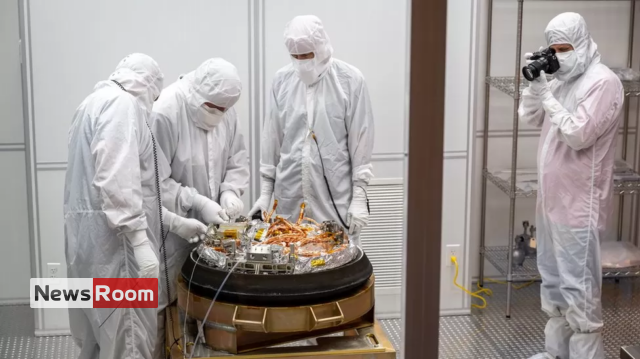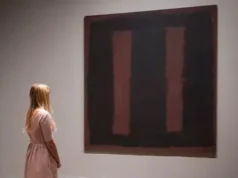Dusty samples from the “most dangerous known rock in the Solar System” have been brought to Earth.
The American space agency Nasa landed the materials in a capsule that came down in the West Desert of Utah state. The samples had been scooped up from the surface of asteroid Bennu in 2020 by the Osiris-Rex spacecraft.
Nasa wants to learn more about the mountainous object, not least because it has an outside chance of hitting our planet in the next 300 years. But more than this, the samples are likely to provide fresh insights into the formation of the Solar System 4.6 billion years ago and possibly even how life got started on our world.
There was jubilation when the Osiris-Rex team caught sight of their capsule on long-range cameras.
Touchdown on desert land belonging to the Department of Defense was confirmed at 10:52 local time (14:52 GMT), three minutes ahead of schedule.
The car-tyre-sized container had come screaming into the atmosphere over the western US at more than 12km/s (27,000mph). A heatshield and parachutes slowed its descent and dropped it gently, perfectly on to restricted ground.
“This little capsule understood the assignment,” said Tim Priser, the chief engineer at aerospace manufacturer Lockheed Martin. “It touched down like a feather.”
Cleanliness was the watchword out in the desert. When the recovery teams caught up with the capsule on the ground, their objective was to bring it back to a temporary clean room at the nearby Dugway army base as quickly as possible.
If, as researchers think, the sample contains carbon compounds that may have been involved in the creation of life then mixing the rocky material with present-day Earth chemistry has to be avoided.
“The cleanliness and preventing contamination of the spacecraft has been a really stringent requirement on the mission,” said Mike Morrow, the Osiris-Rex deputy project manager. “The best way that we can protect the sample is just to get it from the field into the clean lab that we’ve set up here in a hangar as quickly as possible and get it under a pure nitrogen gas purge. And then it’s safe.”
This was achieved just before 13:00 local time, a mere four hours after touchdown. The lab team disassembled the capsule, removing its heat-shield and back cover but leaving the sample secure inside an inner canister.
(BBC)








